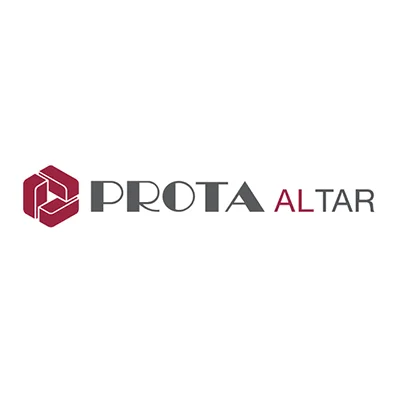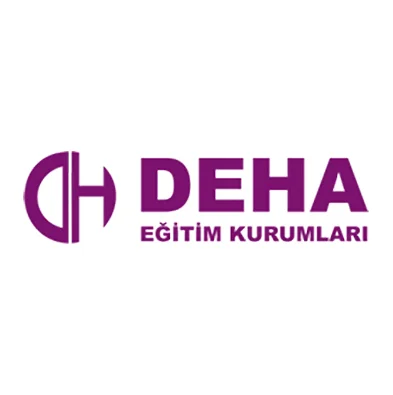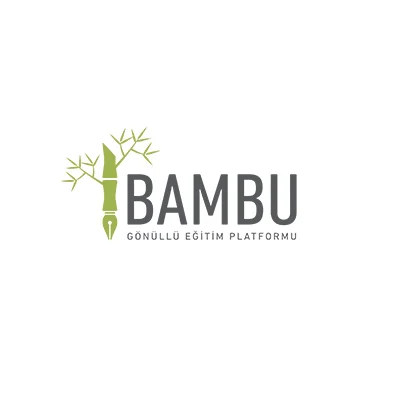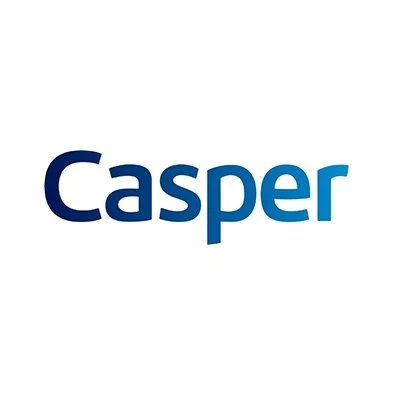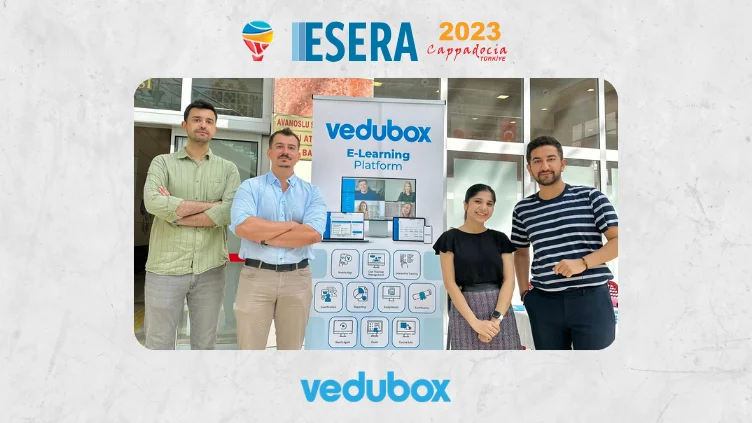In the past few years, remote education (also referred to as distance education) has evolved from a crisis-response tool into a permanent, powerful business model for institutions and entrepreneurs across the UK.
Lately, the consequences of rushed system setups have begun to appear — a chaotic patchwork of video conferencing, email, cloud drives, and messaging apps. It’s digital duct tape, and it’s leaking time, money, and students.
Building a scalable, engaging, and data-driven ecosystem to avoid instructor burnout, high student drop-out rates, and a damaged brand is key to efficient distance education.
Here are 8 high-level strategies to transform your remote learning program from a chaotic scramble into a streamlined, effective, and profitable operation.
1. Consolidate Your Tech Stack
The greatest source of inefficiency is a fragmented toolset. When your instructors, students, and admin staff have to jump between five different platforms, you create “digital friction.”
An all-in-one platform that unifies your LMS, live classes, student community, and payments into a single dashboard is the foundational step to operational efficiency.
2. Master the Blended Learning Model
The future of distance education in the UK is hybrid. A 2021 survey found two-thirds of students want a mix of in-person and online learning. The ultimate efficiency is to stop using live classes for simple information delivery.
- Asynchronous (Scalable): Use your platform’s LMS to host all core video lectures, readings, and quizzes — the “scalable” part of your model, accessible 24/7.
- Synchronous (High-Value): The “flipped classroom” approach — using live session time only for interactions like Q&A and group workshops — respects everyone’s time and focuses instructors on high-impact mentoring.
3. Leverage Learning Analytics to Stop Guessing
Efficiency means making data-driven decisions. Modern learning platforms have powerful analytics that act as an early warning system. You can instantly see where students are getting stuck, which videos they skip, and which quiz questions are failing.
As leading UK education journals note, analytics allow you to “identify at-risk learners” and “enhance curriculum design,” turning reactive problem-solving into proactive improvement.
4. Build a Social Learning Community (to Slash Churn)
Student churn is the ultimate budget killer. The most common reason for drop-out in self-paced learning is isolation. Building a ‘community’ improves retention.
Integrating forums, discussion boards, and group projects encourages social learning and improves learning outcomes. As extensive MOOC research shows, building “networks of practice” and “collaborative action” is a key predictor of student success and completion.
5. Automate the Admin, Personalize the Teaching
Automating low-value administrative tasks (grading multiple-choice exams, issuing certificates, etc.) frees up your valuable instructors’ time. So they can spend their time on high-value, non-scalable tasks, such as providing personalized video feedback or mentoring struggling students.
6. Gamify for Motivation and Completion
Gamification is another powerful tool to keep learners’ attention fresh. One analysis found that eLearning courses with gamified elements saw a 90% completion rate, compared to just 25% for non-gamified courses.
Another study noted an 89% boost in student performance. By building in points, badges, and leaderboards, you create an addictive feedback loop that drives students to the finish line.
7. Embrace Microlearning for Content Agility
Stop creating 60-minute video lectures. They are inefficient to produce, inefficient to update, and inefficient for learning. Microlearning — breaking content into focused, 3-7 minute modules — is a more effective strategy.
Research on MOOCs has repeatedly shown that shorter courses and modules have significantly higher completion rates. From an owner’s perspective, this modularity is also more efficient. If a single detail changes, you only need to re-record a single short video, not an entire hour-long presentation.
8. Create a Centralized, Reusable Content Library
In a growing school, your most significant inefficiency is redundant work. Why are three different instructors all creating their own “Introduction to Safety” modules? A truly efficient system runs on “reusable learning objects” (RLOs). By building a central library of high-quality, pre-approved content (videos, presentations, quizzes), your team can assemble new courses, rather than building every single one from scratch.
From Chaotic Scramble to Streamlined System
The problem is that trying to build this system with a patchwork of separate tools is an exercise in frustration. You can’t leverage analytics if your quizzes are in one place and your videos in another. You can’t automate workflows if your live classes and your LMS don’t talk to each other.
To achieve efficiency, you need an all-in-one platform. We designed Vedubox to provide a single, unified ecosystem that combines a powerful LMS, live virtual classrooms, robust eCommerce, and all the community and gamification tools you need to build an efficient and engaging remote education business.
Book a demo today and let us show you what a truly efficient learning system looks like.







